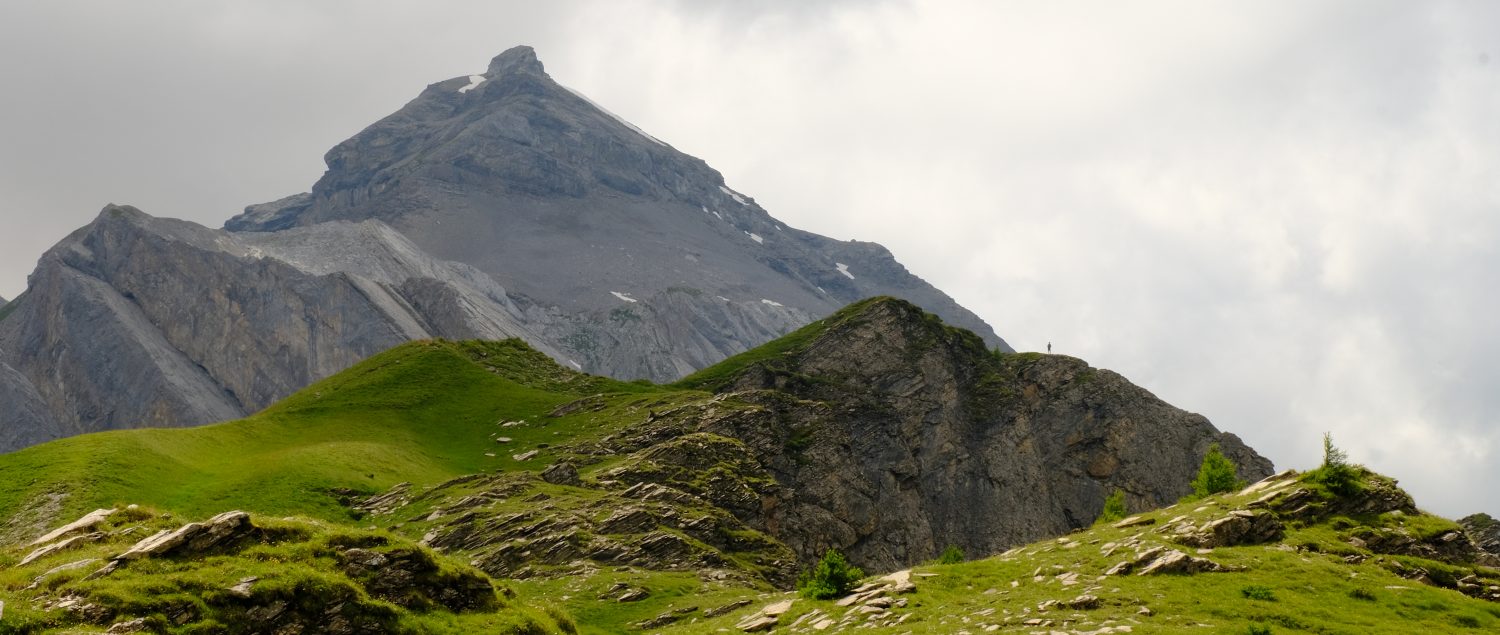An innocent-looking furry ball holds grisly secrets! I found this one beside the footpath by a hedgerow behind Park Farm.
Most birds produce pellets, Owls will usually produce 2 or 3 a day. After (usually) swallowing their prey whole, they begin to break their meal up in their gizzard. The more digestible components carry on to the stomach, the undigestible remains are regurgitated as a pellet like this. The best places to find them are close to their nests, or below a favourite lookout position. Look for white splashes of droppings under trees and have a rummage!
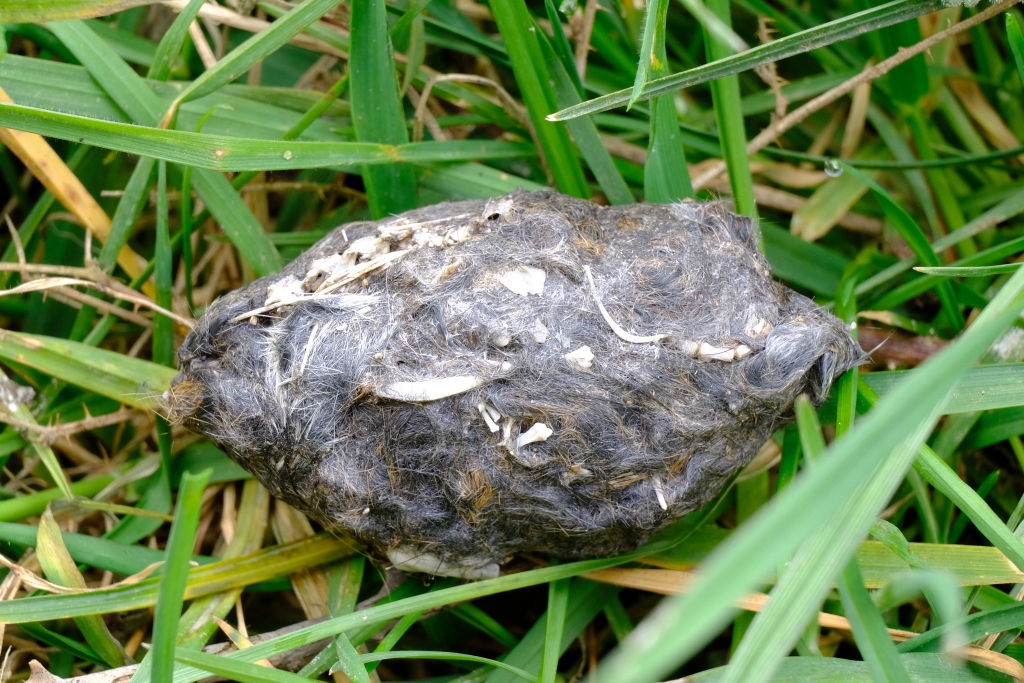
Photo credit: Sally Woodbridge
This is a Tawny Owl pellet. They are 4 – 6cm long, 2 – 3cm wide slightly pointed at one or both ends, usually with a rough surface. They always have bones that can be identified and often have whole skulls of mice, voles and shrews. Often they have the remains of insects too, but I couldn’t find any in this one.
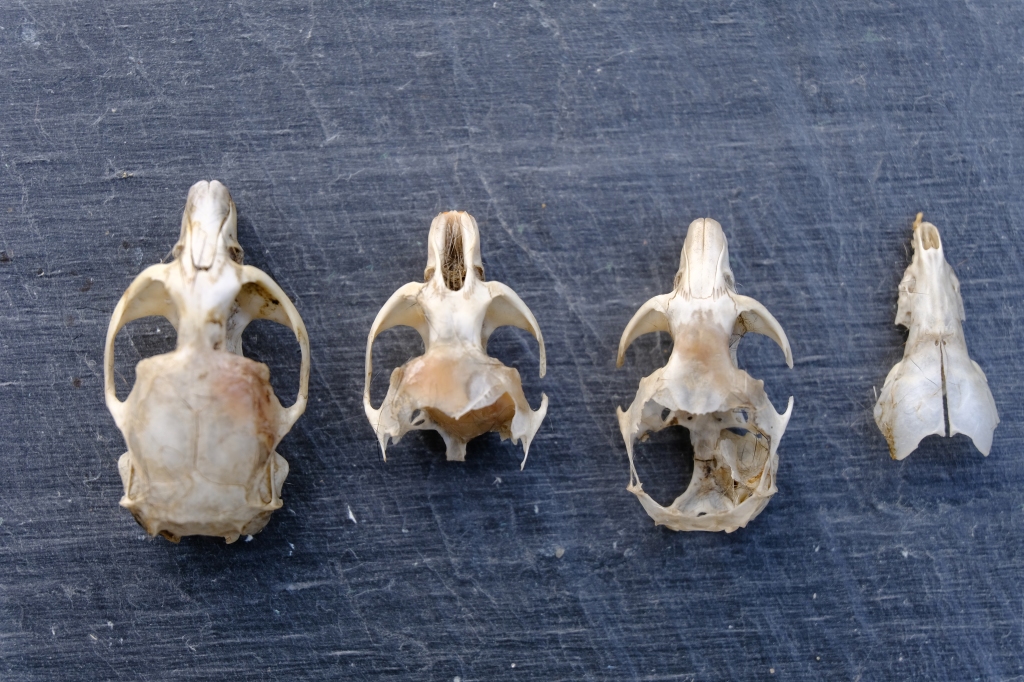
Photo credit: Sally Woodbridge
After a half hour soak in water with a little disinfectant (savlon liquid) added, I teased the pellet apart with cocktail sticks to find which bones were wrapped up in the dark fur. This is what I found. Above, L to R, the first three skulls are voles, the far R skull is a shrew.
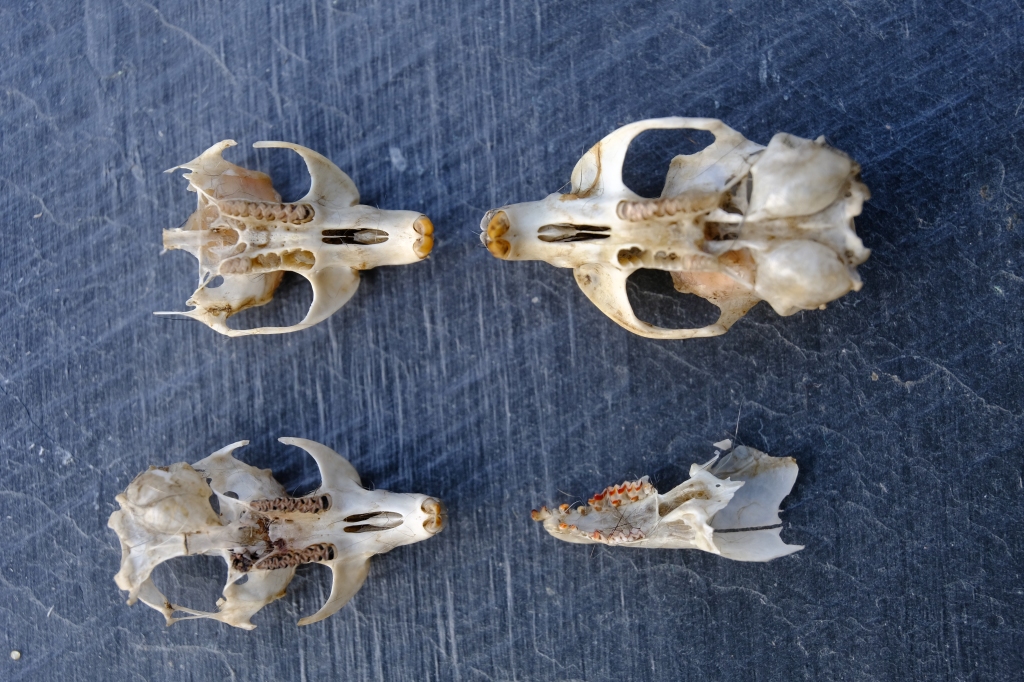
Photo credit: Sally Woodbridge
Three largest skulls are Field Voles (Microtus agrestis). Voles have sharp gnawing teeth at the front of the mouth, a large gap and then their cheek teeth. Vole cheek teeth have a zigzag pattern on their tops (see above) and deep grooves down the sides (see below). You can see in the top L skull where two of the three teeth on one side are missing.
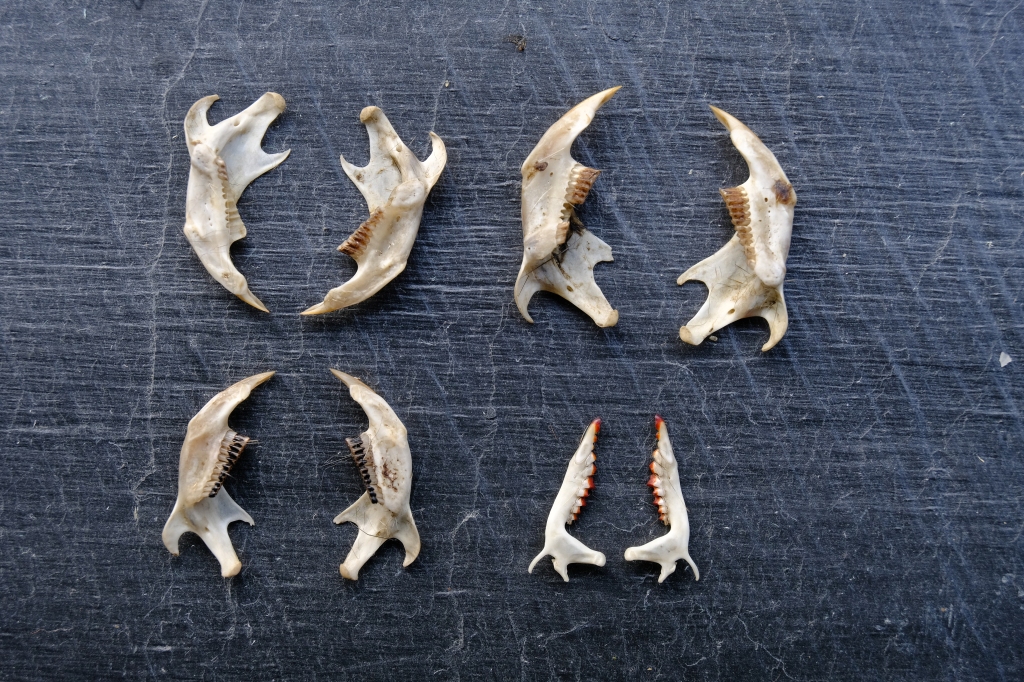
Photo credit: Sally Woodbridge
Shrews have a complete row of small red-tipped teeth (bottom R pair in the photo above). This was a Common Shrew (Sorex araneus). It is identified by the end teeth, (the pointy red teeth at the top in the photo) which have two pairs of cusps (knobs) on them.
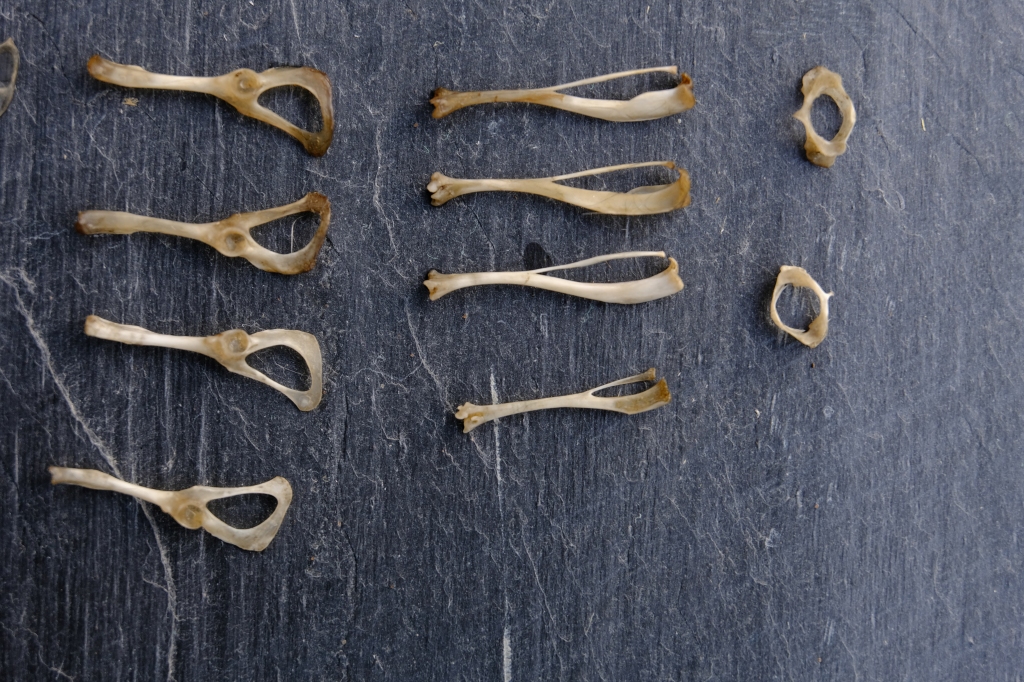
Photo credit: Sally Woodbridge
Case closed! Hope I didn’t spoil your mealtime!
References:
Olsen, Lars-Henrik (2013), Tracks and signs of the animals and birds of Britain and Europe, Princeton Press.
Owl pellets. How to study their contents (pdf) https://www.rspb.org.uk
If you enjoyed this please enter your email address below to follow this blog and receive notifications of new posts by email.

